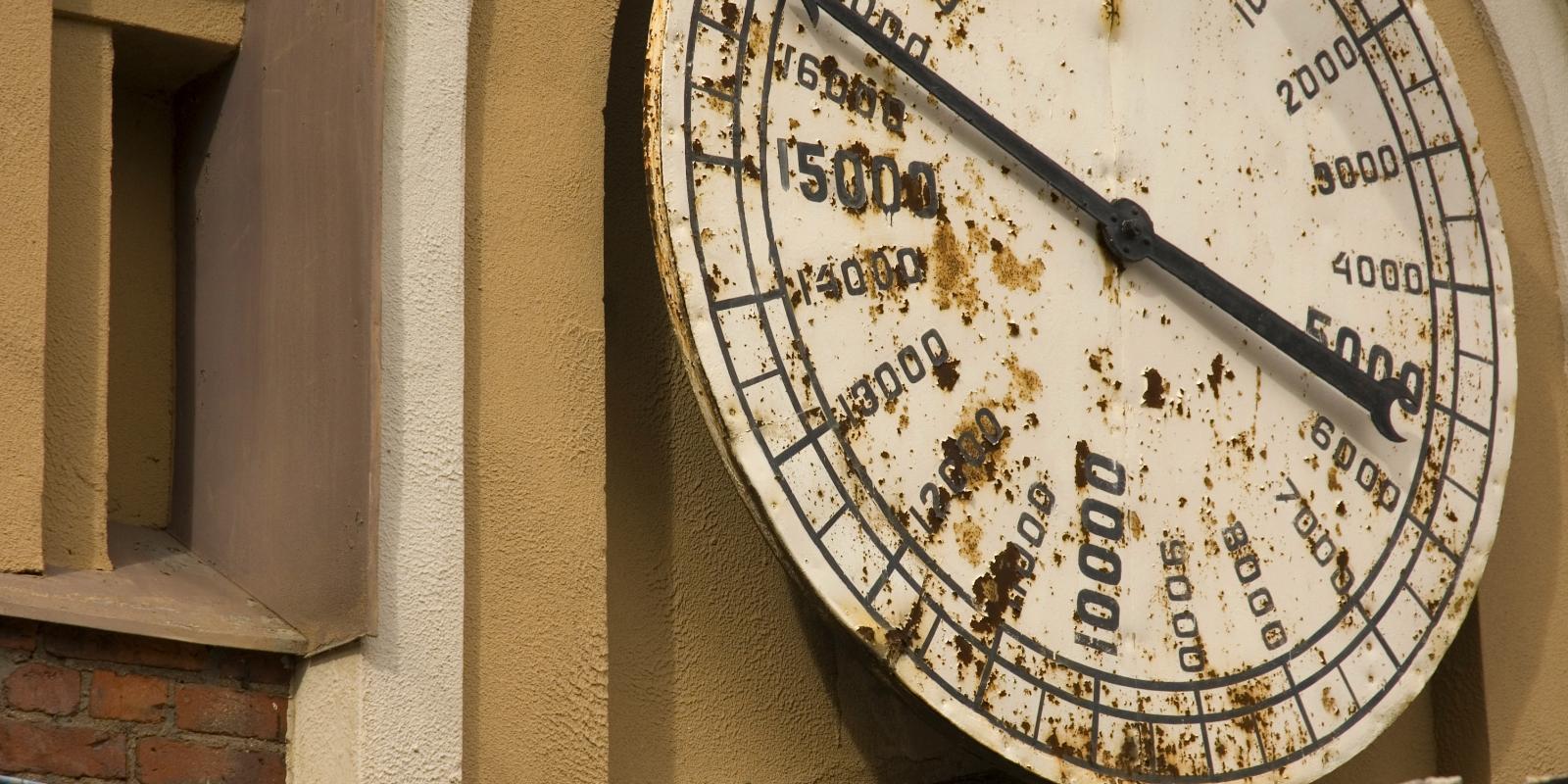Skip to main content
History of Suvilahti in a nutshell
- 1907: decision taken to construct electrical power plant beside Suvilahti Bay in the Sörnäinen district of Helsinki.
- 14 July 1909: inauguration of power plant designed by architect Selim A. Lindqvist.
- 1910: gas plant begins operating.
- 1930's, 40's and 50's: expansions, extensions and new buildings.
- 1976: power plant operations discontinued at Suvilahti.
- Early 1980's: power plant converted to a warehouse and exercise facilities for employees of Helsinki Energy.
- 1980's: power plant first used for cultural projects, including KOM Theatre 1981–82 and a film studio.
- 1994: gas production discontinued.
- 2000’s: business activities and photography studios.
- March-October 2007: working group appointed by the Mayor of Helsinki to consider the area’s future. 31 October 2007: proposal to transfer administration to Kiinteistö Oy Kaapelitalo. The City of Helsinki decides that Suvilahti should focus on cultural activities and related business activities.
- 2007: urban music festival Flow Festival held at Suvilahti for the first time.
- 1 January 2008: Suvilahti transferred from Helsinki Energy to the City of Helsinki and Kiinteistö Oy Kaapelitalo.
- 2009: centenary of Suvilahti as an energy generation site celebrated and Helsinki’s first authorised graffiti wall opened. It receives the first Helsinki Cultural Deed award.
- 2009-2010: soil remediation work carried out. 1,411 truckloads of contaminated soil are removed. / Interior of Kojehuone (building 8) renovated for Cirko – Centre for New Circus.
- 2011: Tuska Open Air Metal Festival, the biggest heavy metal festival in the Nordic countries, is held at Suvilahti for the first time.
- 2013: Renovation of Voimalaitos (building 1) completed for Circus Helsinki.
- 2010-2014: Oranssi renovates Valvomo (building 11). / Renovation of Tiivistämö (building 5) completed.
- 2017: the City of Helsinki decides to renovate the brick and steel gasometers, enabling the transformation of the space for cultural use.
- 2019: the Events Unit of the City of Helsinki’s Youth Services moves to Tiivistämö (building 5).
- 2022: renovation of brick-built gasoholder completed.

